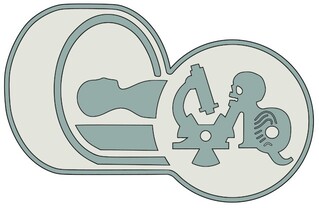Telehealth vs. traditional healthcare is a topic that has gained prominence in recent years as technology continues to advance and reshape various industries. With the rise of telehealth services, patients now have more options when it comes to receiving medical care. One of the key differences between telehealth and traditional healthcare is the use of technology to deliver medical services remotely.
Telehealth, also known as telemedicine, refers to the use of digital communication platforms such as video calls, phone calls, and messaging to provide medical consultations and treatment. This has significantly expanded access to healthcare services, especially for patients in rural or underserved areas. Through telehealth, patients can consult with healthcare providers, receive diagnoses, and even have prescriptions filled without the need to visit a physical healthcare facility.
On the other hand, traditional healthcare involves in-person consultations and visits to healthcare facilities such as hospitals, clinics, and doctor’s offices. While traditional healthcare has been the norm for decades, it can often be inconvenient and time-consuming for patients, especially those with mobility issues or busy schedules.
One important aspect to consider when comparing telehealth and traditional healthcare is the effectiveness of each in delivering quality care to patients. Research has shown that telehealth services can be just as effective as traditional healthcare in many cases, particularly for common conditions such as colds, flu, and skin rashes. However, for more complex medical issues or emergencies, traditional healthcare may still be the preferred option.
Another factor to consider is the cost of healthcare services. Telehealth services are often more affordable than traditional healthcare, as they eliminate the need for travel expenses and reduce wait times. This can be particularly beneficial for patients with chronic conditions who require regular consultations with healthcare providers.
One area where telehealth has proven to be particularly beneficial is in the transportation of patients. The keyword “targa de transport pacienti” refers to the use of specialized vehicles or ambulances to transport patients to healthcare facilities for medical treatment. In cases where patients are unable to travel to a healthcare facility due to their medical condition or lack of transportation, telehealth services can provide a lifeline by allowing them to receive medical care from the comfort of their own homes.
Overall, both telehealth and traditional healthcare have their advantages and limitations. Telehealth offers convenience, affordability, and accessibility, while traditional healthcare provides the reassurance of in-person consultations and the expertise of healthcare professionals. Ultimately, the choice between telehealth and traditional healthcare will depend on the individual’s medical needs and preferences.
To learn more, visit us on:
MEDEQTECH
https://www.medeqtech.com/
0040727210655
COMUNA DENTA, STR PRINCIPALA NR.823, JUD. TIMIS
Produse si echipamente funerare. Distribuitor autorizat de produse biocide TP22 pentru imbalsamare – tanatopraxie – taxidermie. Reprezentant Hygeco Romania – Hygeco Post Mortem Assistance – Institutul Francez de Tanatopraxie.

